Home>Gardening & Outdoor>Landscaping Ideas>How Long Does Pesticide Last On Grass
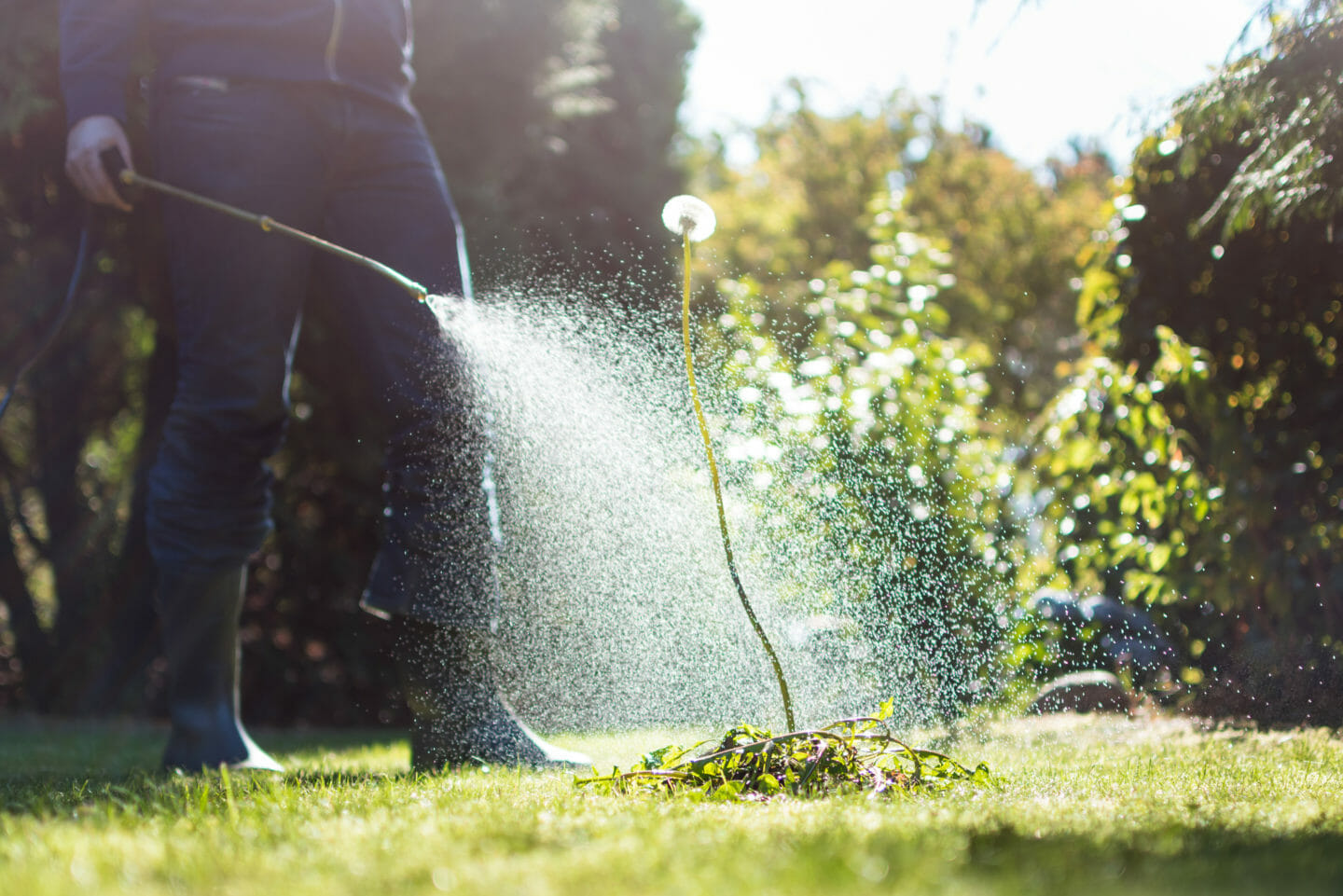

Landscaping Ideas
How Long Does Pesticide Last On Grass
Modified: February 18, 2024
Discover how long pesticides last on grass and get expert landscaping ideas to ensure a healthy and vibrant lawn. Learn more about pesticide longevity and effective landscaping solutions.
(Many of the links in this article redirect to a specific reviewed product. Your purchase of these products through affiliate links helps to generate commission for Storables.com, at no extra cost. Learn more)
Introduction
When it comes to maintaining a lush and healthy lawn, the use of pesticides is a common practice. However, understanding the lifespan of pesticides on grass is crucial for effective lawn care and environmental stewardship. Pesticides are designed to combat pests and weeds, but their residual effects can impact the grass and surrounding ecosystem. In this article, we will delve into the factors that influence the lifespan of pesticides on grass, the types of pesticides and their residual effects, the environmental impact of pesticides, and methods to mitigate their lingering effects. By gaining insights into these aspects, homeowners and landscapers can make informed decisions about pesticide use and ensure the long-term health of their lawns and the environment.
Key Takeaways:
- Pesticides can linger on grass due to factors like chemical composition and environmental conditions. Understanding these factors helps minimize their impact on the environment and promote healthy lawns.
- Different types of pesticides have varying residual effects on grass. By using integrated pest management and biodegradable formulations, homeowners can reduce pesticide persistence and protect the environment.
Read more: How Long Does Synthetic Grass Last
Factors Affecting Pesticide Lifespan on Grass
The lifespan of pesticides on grass can be influenced by various factors, each playing a significant role in determining how long the chemicals persist in the lawn environment. Understanding these factors is essential for managing pesticide applications and minimizing their impact on grass and the surrounding ecosystem.
- Chemical Composition: The chemical composition of the pesticide greatly influences its persistence on grass. Some pesticides break down rapidly when exposed to environmental factors, while others have a longer residual effect. Factors such as molecular structure, formulation, and active ingredients contribute to the longevity of the pesticide on grass.
- Environmental Conditions: Environmental factors, including temperature, humidity, and sunlight exposure, can affect the degradation rate of pesticides on grass. Higher temperatures and humidity levels may accelerate the breakdown of certain pesticides, while prolonged exposure to sunlight can also impact their persistence.
- Application Method: The method of pesticide application, such as spraying, granular application, or soil drenching, can influence how the pesticide interacts with the grass and soil. Different application methods may result in varying degrees of pesticide absorption and persistence.
- Soil Composition: The composition and properties of the soil beneath the grass play a crucial role in determining the lifespan of pesticides. Soil pH, organic matter content, and microbial activity can all impact the degradation and retention of pesticides in the soil, ultimately affecting their presence in the grass.
- Chemical Properties of Grass: The type of grass and its physiological characteristics can also influence the interaction with pesticides. Factors such as leaf cuticle thickness, root structure, and metabolic processes within the grass can affect the uptake and retention of pesticides, thereby impacting their persistence.
By considering these factors, homeowners and landscapers can make informed decisions regarding pesticide selection, application methods, and environmental conditions to effectively manage the lifespan of pesticides on grass and minimize their long-term effects.
Types of Pesticides and Their Residual Effects
Various types of pesticides are used in lawn care and landscaping, each with distinct chemical properties and residual effects on grass. Understanding the characteristics of these pesticides is crucial for assessing their impact on the environment and making informed choices regarding their application.
Herbicides: Herbicides are designed to control weeds and unwanted vegetation in grassy areas. Depending on their chemical composition, herbicides can exhibit varying residual effects on grass. Some herbicides break down quickly after application, while others may persist in the soil and affect the grass for an extended period.
Insecticides: Insecticides target and eliminate harmful insects that can damage grass and vegetation. The residual effects of insecticides on grass depend on their chemical formulation and mode of action. Some insecticides degrade rapidly, providing short-term protection, while others may linger in the grass, offering prolonged control against pests.
Fungicides: Fungicides are used to combat fungal diseases that can affect the health of grass and plants. The residual effects of fungicides on grass vary based on their chemical composition and the specific fungi they target. Certain fungicides may adhere to the grass surface and provide a protective barrier against fungal infections, while others may penetrate the plant tissues, offering longer-lasting control.
Residual Herbicides: Some herbicides are specifically formulated to provide extended residual control of weeds in grassy areas. These residual herbicides adhere to the soil particles and continue to inhibit weed growth over an extended period. While they offer prolonged weed control, careful consideration must be given to their potential impact on the grass and surrounding ecosystem.
It is important for homeowners and landscapers to carefully assess the residual effects of different pesticide types and select products that align with their desired control duration and environmental considerations. By understanding the properties of each pesticide type, informed decisions can be made to promote effective pest management while minimizing long-term impacts on grass and the environment.
When using pesticides on grass, always follow the manufacturer’s instructions for application and reapplication. Factors such as weather and type of pesticide used can affect how long it remains effective.
Environmental Impact of Pesticides on Grass
While pesticides play a crucial role in maintaining the health and aesthetics of grass, their environmental impact is a subject of significant concern. The use of pesticides can have far-reaching effects on the surrounding ecosystem, including soil, water, wildlife, and beneficial insects. Understanding the environmental impact of pesticides on grass is essential for implementing sustainable lawn care practices and minimizing ecological harm.
Soil Contamination: Pesticides can leach into the soil, leading to contamination that affects soil quality and microbial activity. Persistent pesticides may accumulate in the soil, posing long-term risks to grass health and the broader ecosystem. Soil contamination can also impact the availability of nutrients and essential microorganisms that support healthy grass growth.
Water Pollution: Runoff from pesticide-treated grass can carry chemicals into nearby water bodies, potentially contaminating streams, rivers, and groundwater. This can have detrimental effects on aquatic life and disrupt the balance of aquatic ecosystems. Certain pesticides may persist in water sources, posing ongoing threats to the environment and wildlife.
Impact on Beneficial Insects: Pesticides, especially broad-spectrum insecticides, can harm beneficial insects such as pollinators and natural predators that contribute to ecological balance. Spraying pesticides on grass can inadvertently affect these beneficial insects, leading to disruptions in pollination and natural pest control mechanisms.
Non-Target Plant Damage: Misuse or drift of pesticides can result in unintended damage to non-target plants in the vicinity of the treated grass. This collateral damage can affect the diversity and health of vegetation in the surrounding area, impacting the overall ecological balance.
Long-Term Ecological Effects: The accumulation of persistent pesticides in the environment can have long-term ecological repercussions, affecting biodiversity, ecosystem resilience, and the overall health of the grassland ecosystem. These effects can extend beyond the immediate vicinity of the treated grass, influencing broader ecological dynamics.
By recognizing the potential environmental impact of pesticides on grass, homeowners and landscapers can adopt sustainable approaches to lawn care. Implementing integrated pest management strategies, utilizing environmentally friendly alternatives, and minimizing pesticide usage can help mitigate the ecological consequences while promoting the long-term health of grass and the surrounding environment.
Methods to Reduce Pesticide Residual Effects on Grass
Reducing the residual effects of pesticides on grass is essential for promoting a healthy lawn and minimizing environmental impact. Implementing proactive measures to mitigate the lingering presence of pesticides can safeguard the grass, surrounding ecosystem, and the overall environmental balance. Several strategies can be employed to reduce pesticide residual effects and foster sustainable lawn care practices.
- Integrated Pest Management (IPM): Adopting an IPM approach emphasizes the use of multiple pest control methods, including biological, cultural, and mechanical practices, in addition to judicious pesticide application. By integrating various pest management techniques, reliance on pesticides can be minimized, reducing their residual effects on grass over time.
- Selective Pesticide Application: Targeted application of pesticides to specific areas or localized pest infestations can minimize overall pesticide usage and reduce the extent of residual effects on the grass. This approach allows for precise pest control while limiting the impact on non-target areas.
- Use of Biodegradable Formulations: Choosing pesticides with biodegradable formulations can facilitate their breakdown in the environment, reducing their persistence on grass and minimizing long-term effects. Biodegradable pesticides are designed to degrade into non-toxic byproducts, promoting environmental sustainability.
- Monitoring and Assessment: Regular monitoring of pest populations and grass health can help identify the need for pesticide applications and assess the effectiveness of previous treatments. By closely monitoring pest dynamics, unnecessary pesticide use can be avoided, thereby reducing residual effects on the grass.
- Enhanced Soil Health: Improving soil health through organic amendments, proper aeration, and microbial enhancement can support the breakdown of pesticides in the soil, reducing their impact on grass and promoting a resilient, pest-resistant turf ecosystem.
- Alternative Pest Control Methods: Exploring alternative pest control approaches such as beneficial insect habitat enhancement, natural predator introduction, and plant diversity promotion can complement pesticide use and diminish the reliance on chemical treatments, thereby reducing residual effects on grass.
By implementing these methods, homeowners and landscapers can proactively reduce the residual effects of pesticides on grass, fostering a sustainable and ecologically conscious approach to lawn care. Minimizing pesticide persistence not only benefits the immediate grassland environment but also contributes to the overall health and balance of the broader ecosystem.
Read more: How Long Does Fake Grass Last
Conclusion
Understanding the lifespan of pesticides on grass is integral to responsible lawn care and environmental stewardship. The factors influencing pesticide persistence, the types of pesticides and their residual effects, and the environmental impact of these chemicals on grass underscore the importance of informed decision-making in pesticide use. By considering these aspects, homeowners and landscapers can adopt practices that promote a healthy lawn while minimizing ecological harm.
It is crucial to recognize that the residual effects of pesticides on grass can have far-reaching implications for soil, water, wildlife, and the broader ecosystem. Therefore, prioritizing sustainable pest management strategies, reducing pesticide usage through integrated approaches, and fostering soil and grass health are essential for mitigating the long-term impact of pesticides.
By embracing selective pesticide application, utilizing biodegradable formulations, and integrating alternative pest control methods, the residual effects of pesticides on grass can be minimized. Additionally, promoting soil health, implementing IPM practices, and monitoring pest dynamics contribute to a holistic approach to reducing pesticide persistence and fostering a resilient grassland ecosystem.
Ultimately, the goal is to strike a balance between effective pest control and environmental preservation. By employing methods to reduce pesticide residual effects on grass, homeowners and landscapers can contribute to the sustainability and vitality of their lawns while safeguarding the surrounding environment for future generations.
Through informed decision-making, proactive measures, and a commitment to environmental responsibility, it is possible to manage the lifespan of pesticides on grass in a manner that promotes both the health of the lawn and the well-being of the broader ecosystem.
Frequently Asked Questions about How Long Does Pesticide Last On Grass
Was this page helpful?
At Storables.com, we guarantee accurate and reliable information. Our content, validated by Expert Board Contributors, is crafted following stringent Editorial Policies. We're committed to providing you with well-researched, expert-backed insights for all your informational needs.
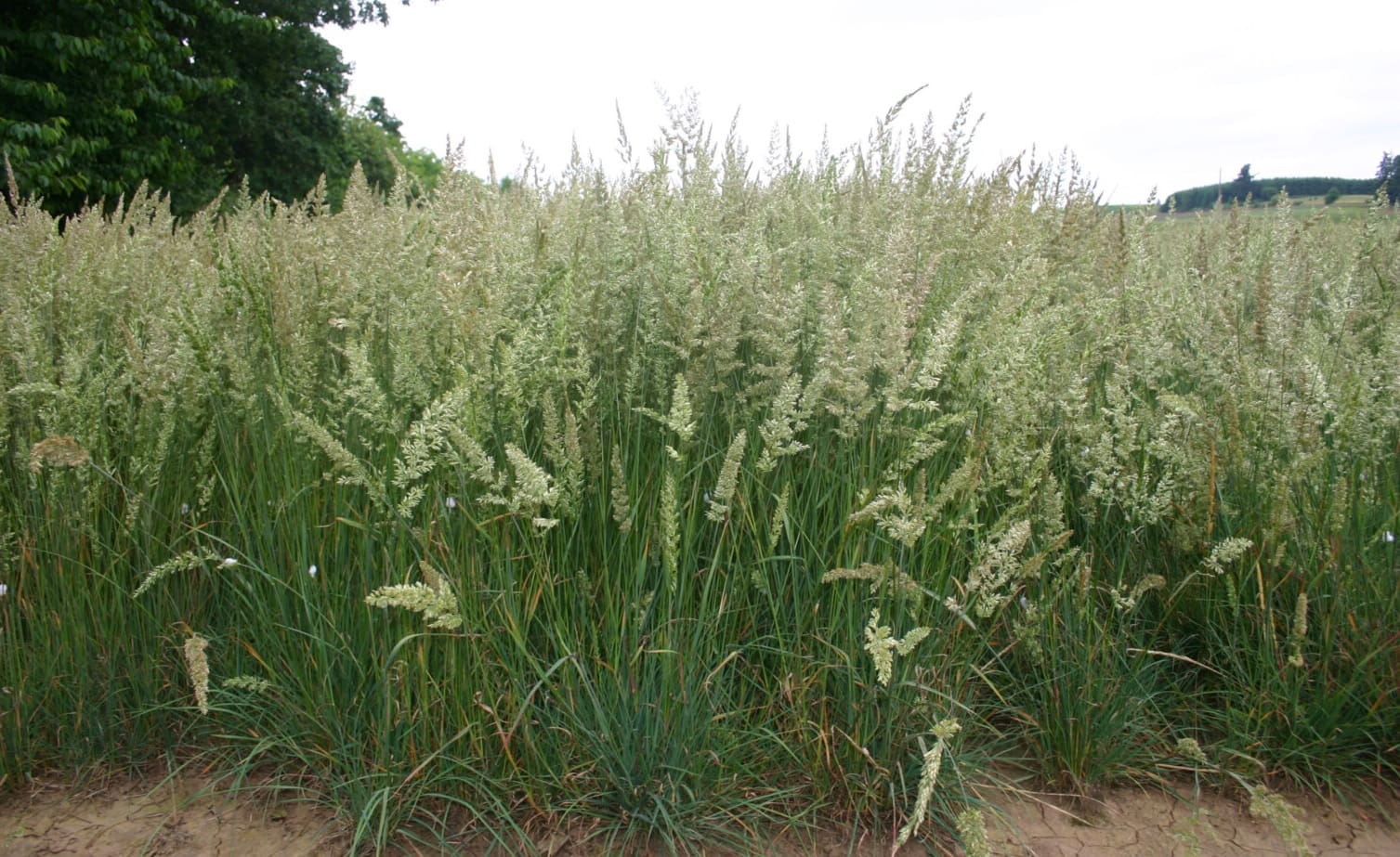
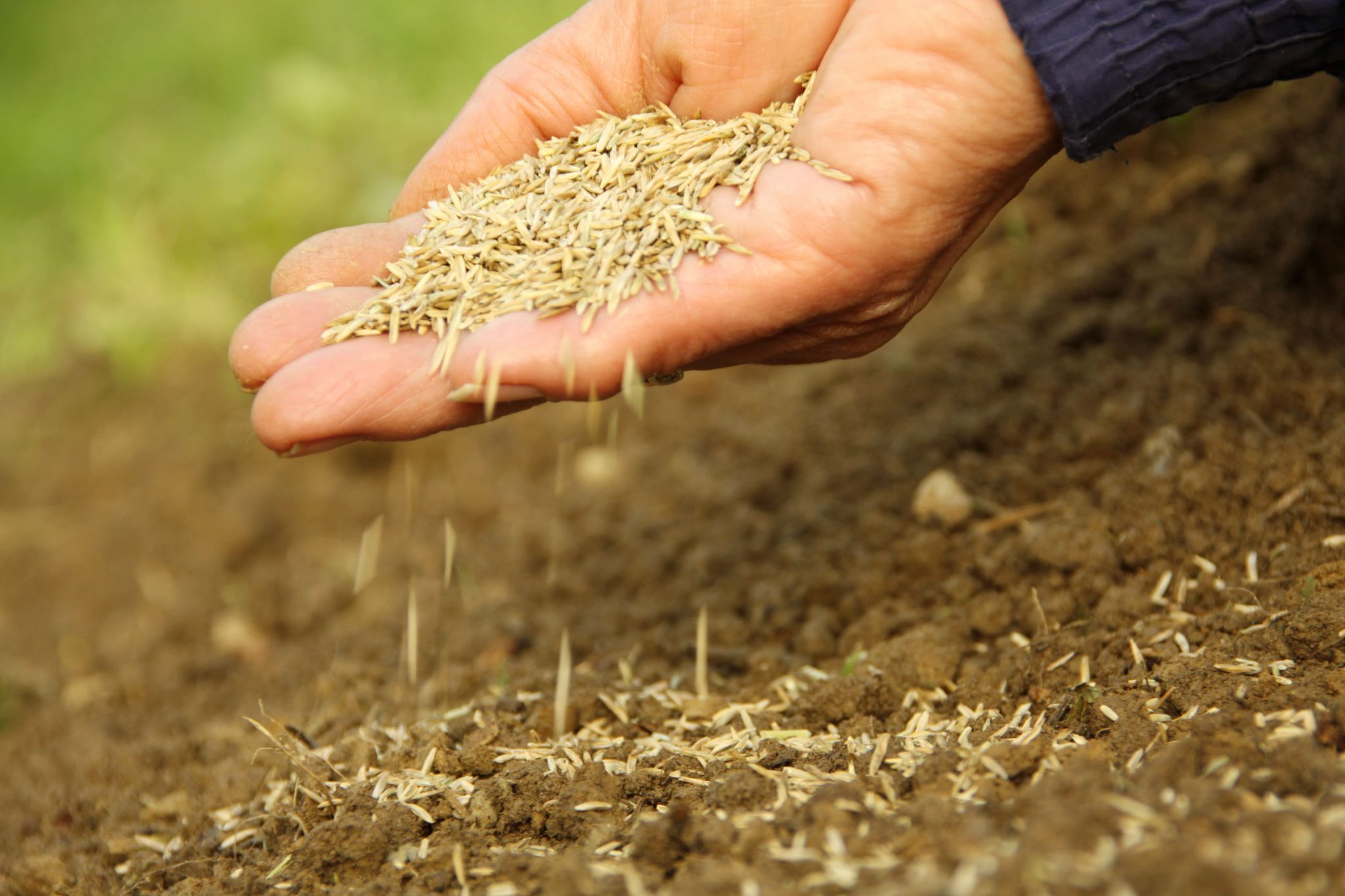
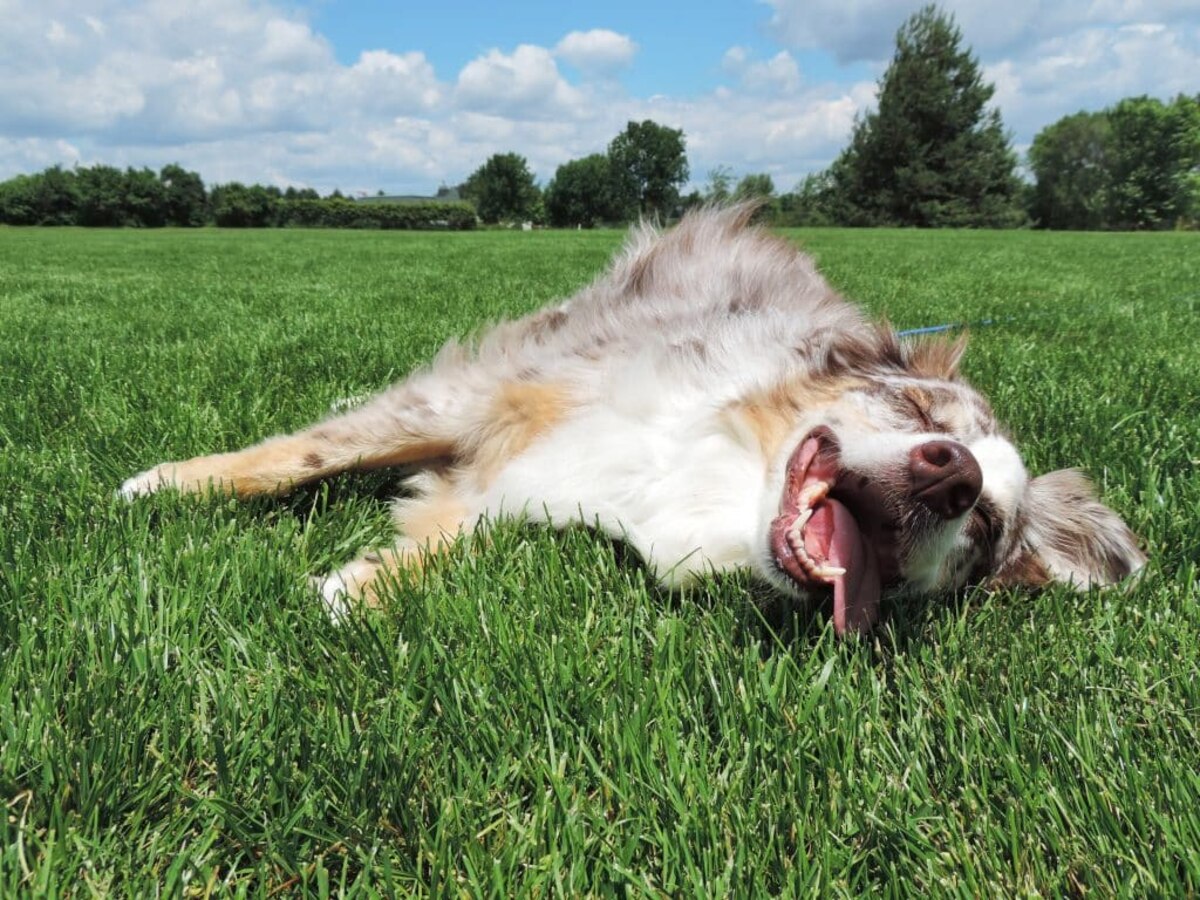
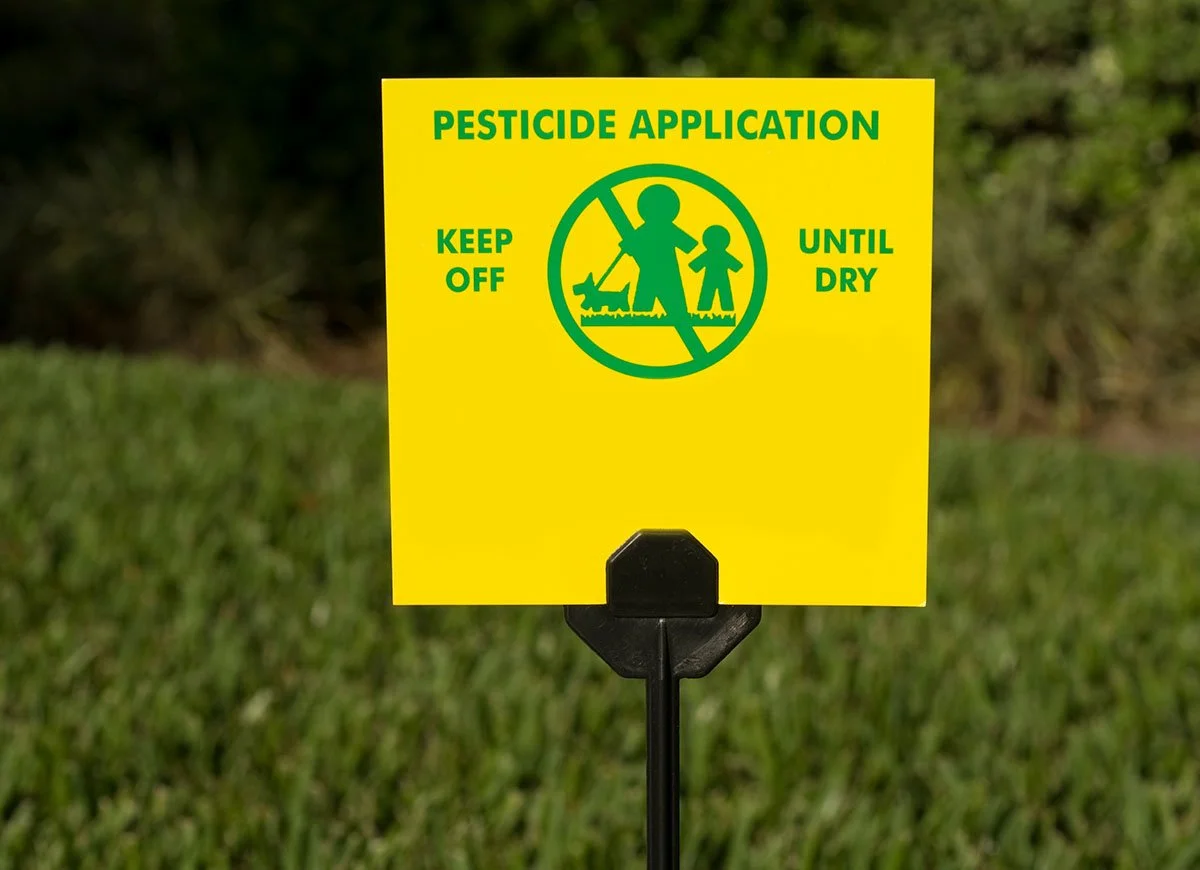






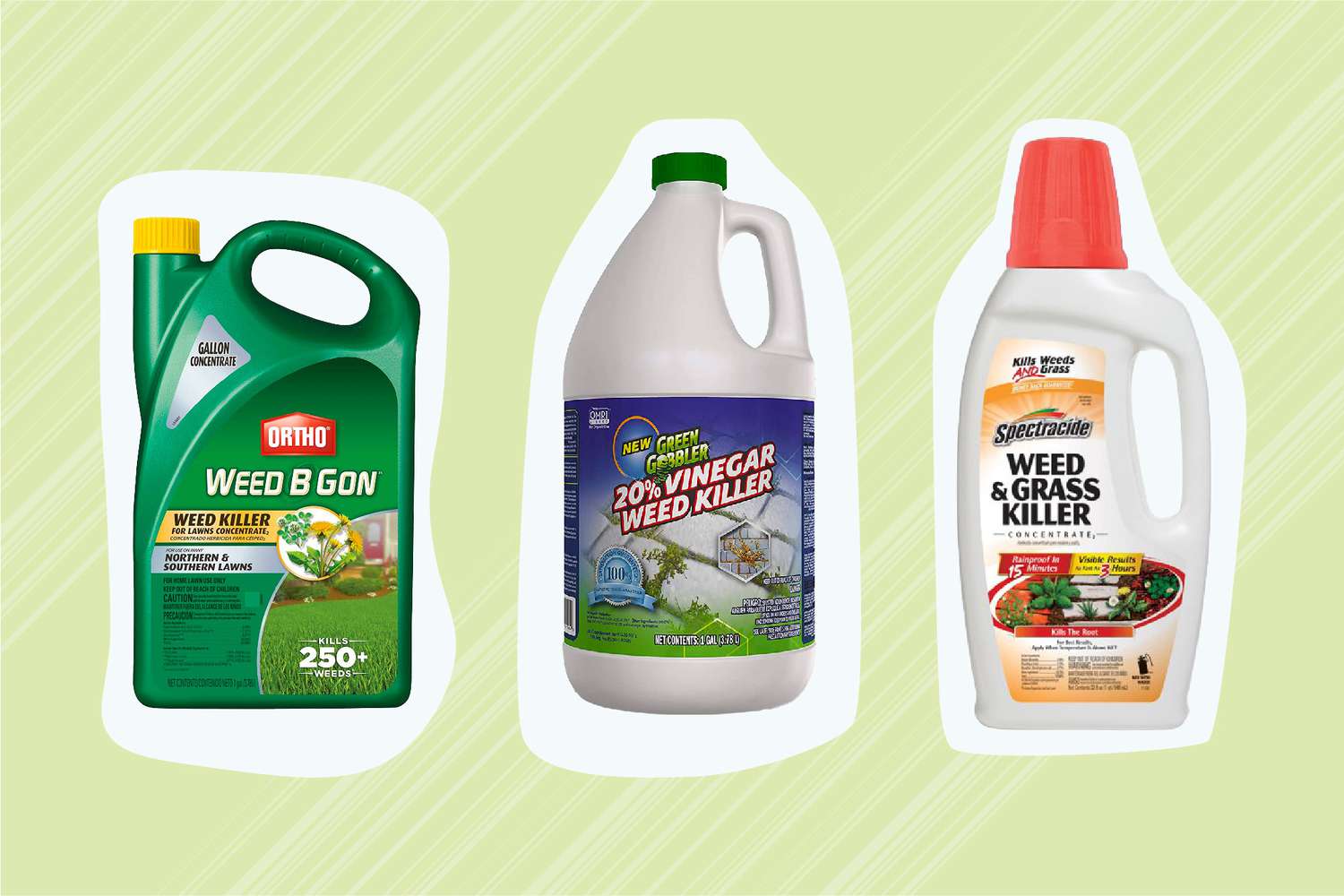
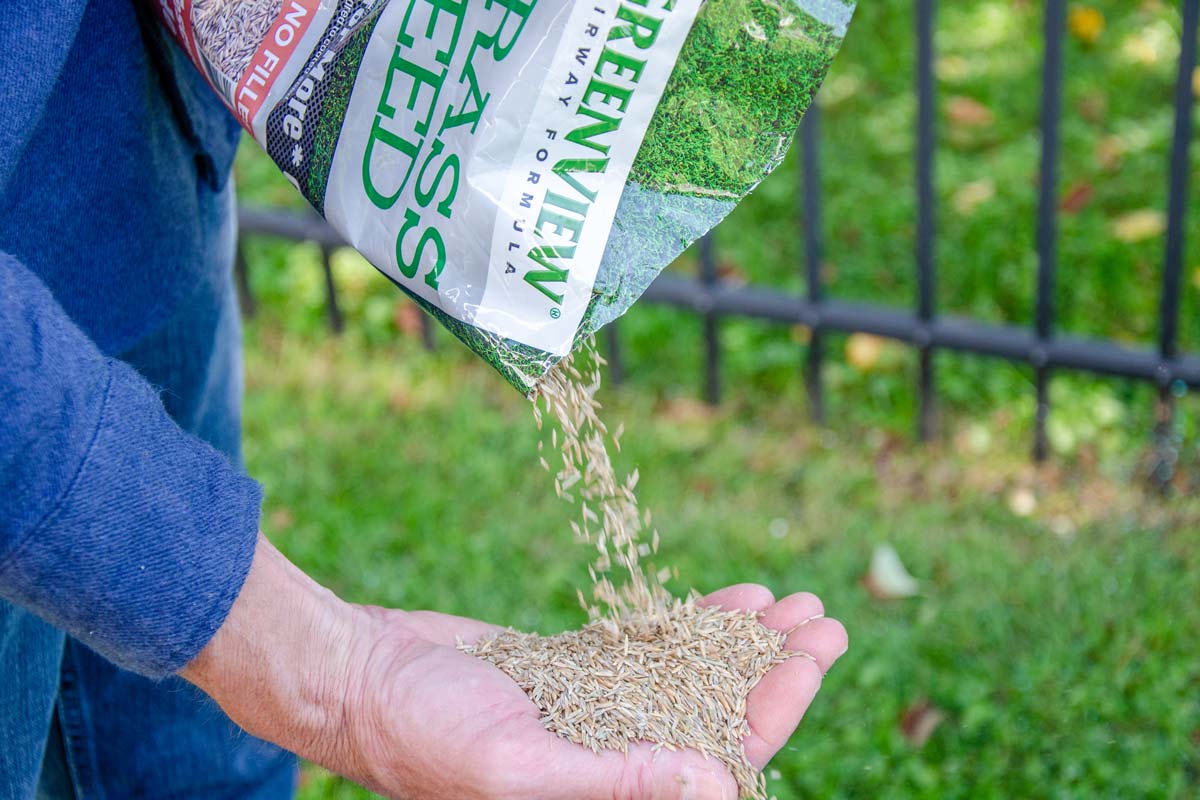

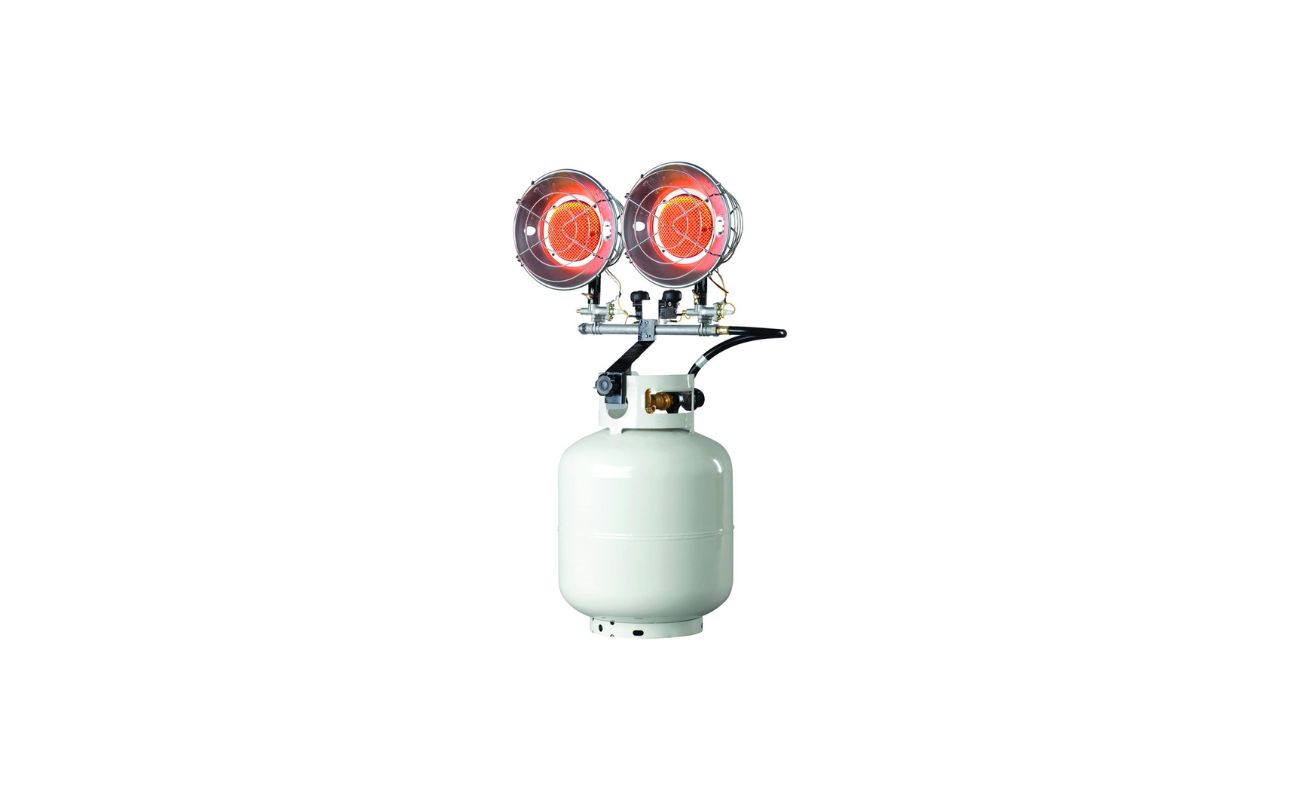

0 thoughts on “How Long Does Pesticide Last On Grass”